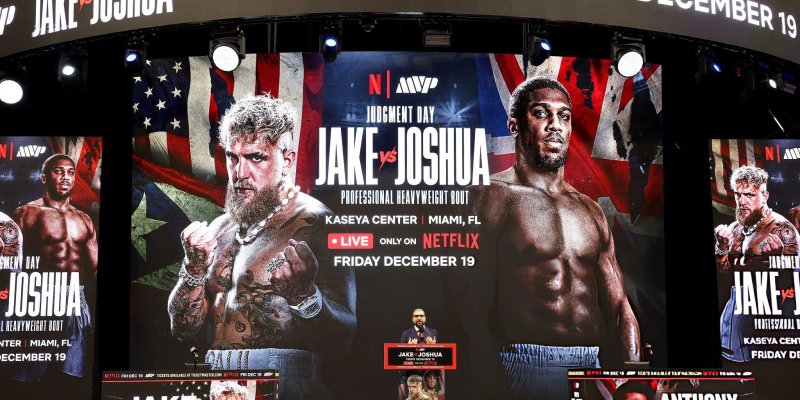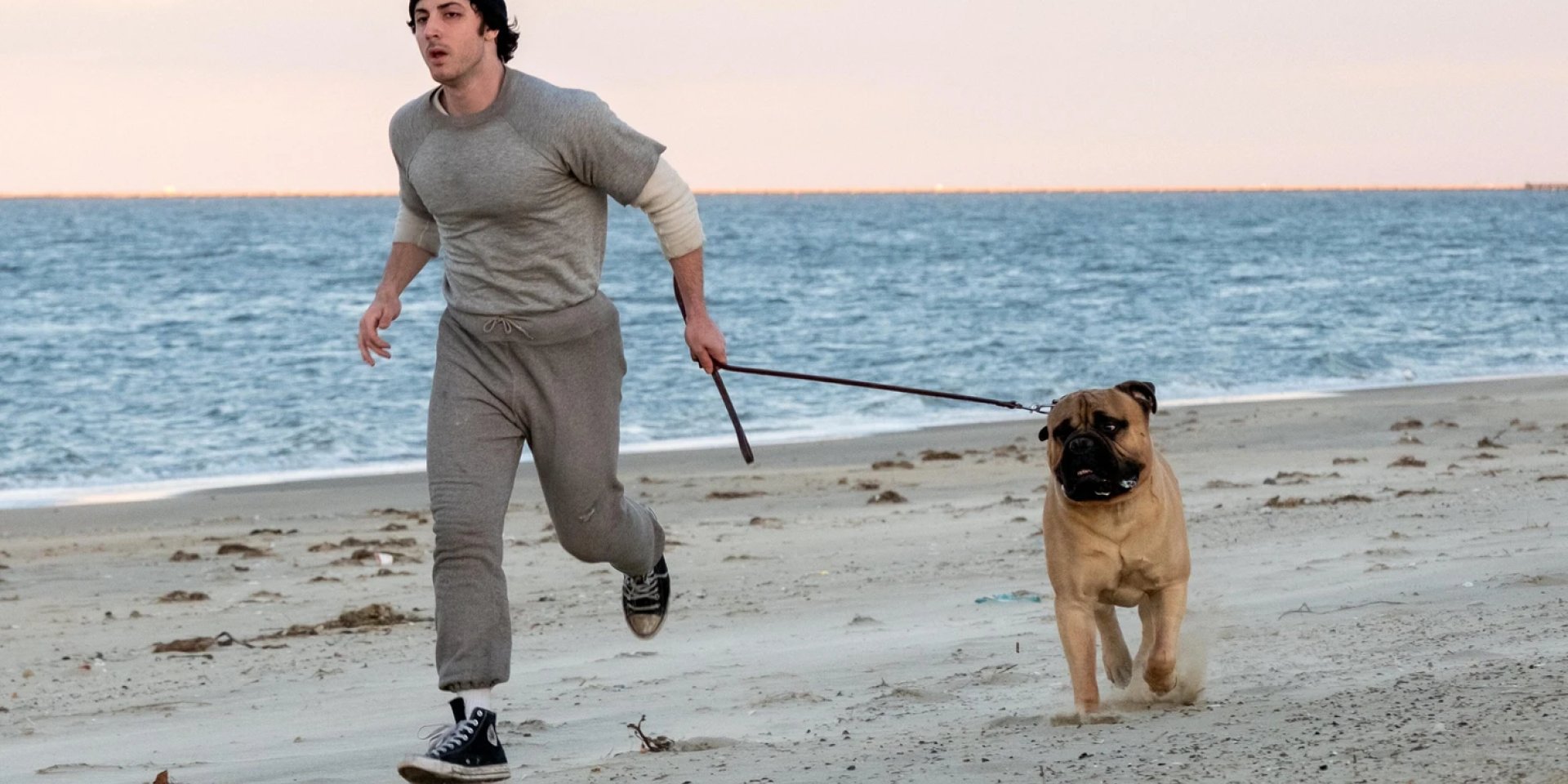
The first official still from the set of the biographical film "I Play Rocky" instantly sparked conversation in the boxing community and among cinephiles: in the frame are Anthony Ippolito, transformed into a young Sylvester Stallone, and the dog cast as the legendary Butkus. The project promises not just a reconstruction of the behind-the-scenes story of 1976, but a close look at how an underdog tale from the streets of Philadelphia became a cultural phenomenon that set the standard for the sports drama and inspired generations to step into the ring — their own or the real one.
The First Still: Ippolito's Transformation and the Precision of the "Punches"
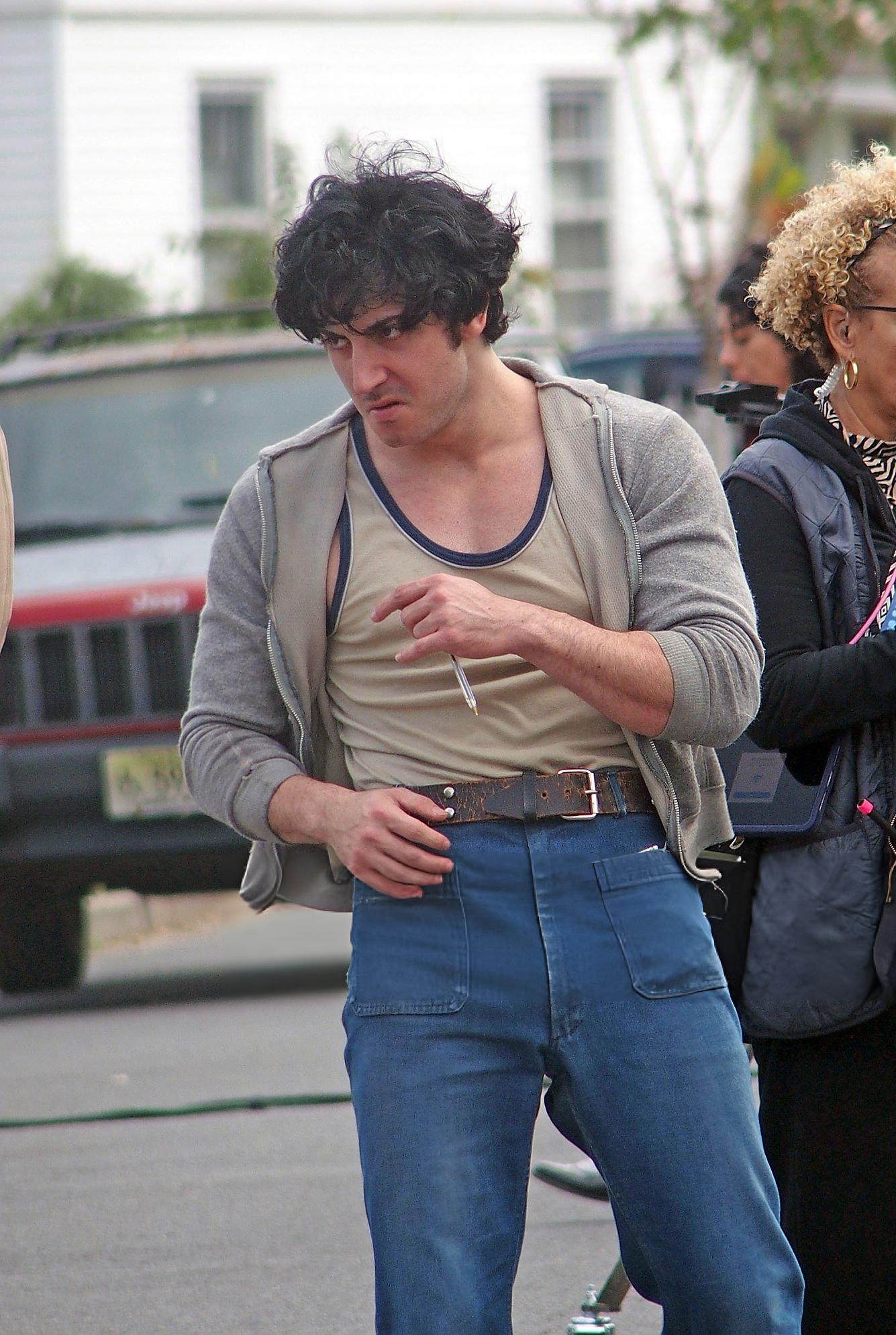
The debut photo from the set captures the film's main challenge — the acting task of matching the "tempo" of mid-70s Stallone. The viewer needs to see not only external resemblance, but also the signature physicality, the way he holds himself on camera, that heavy boxing stance from which punches — and character — are born. If the final cut preserves the same texture and attention to detail, we may get a rare case where the actor's craft and the sporting texture converge into a single tempo.
Butkus: A Symbol of the Road from Hardship to a Big Victory
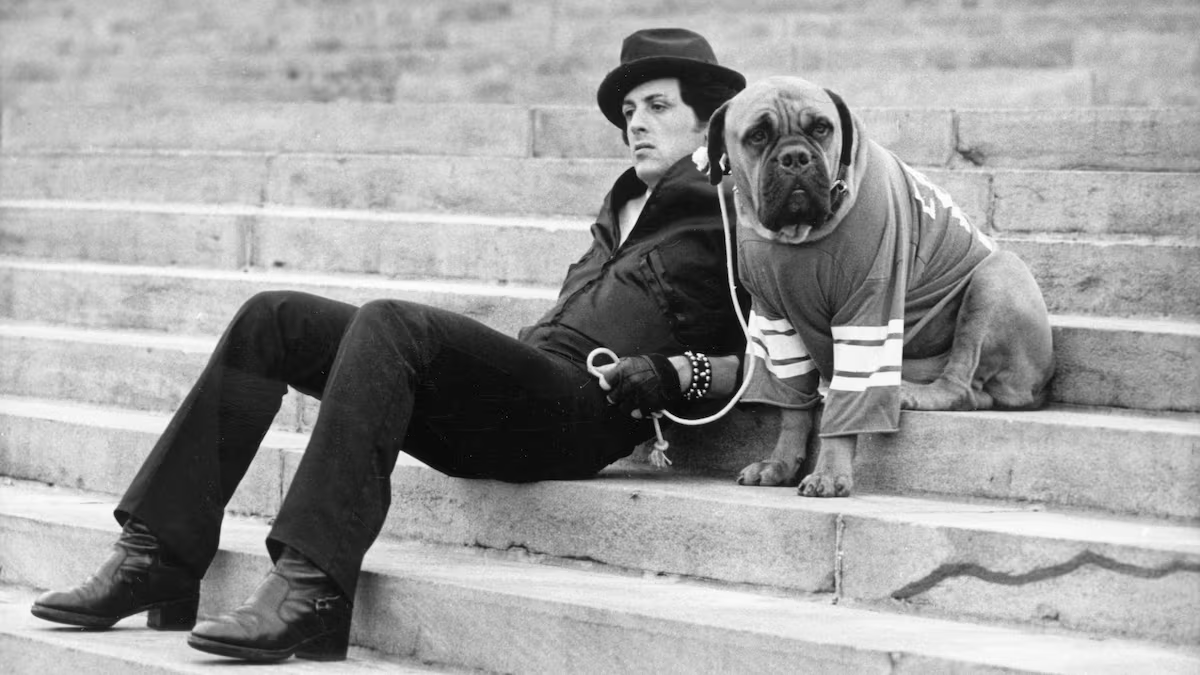
A separate throughline is the story of Butkus, Stallone's real dog. In 1971, facing financial hardship, the future author and star of "Rocky" had to sell his dog for 75 dollars. Five years later, after selling the script, he was able to buy his friend back — for 15,000 dollars. This is more than a touching episode: in the context of "Rocky" it reflects the story's central nerve — resilience, loyalty, and the willingness to go the distance in every round even when fate's scorecards seem against you.
Filming Has Begun: The Gong Sounded on October 15
The official start of production on "I Play Rocky" took place on October 15. The premiere date has not yet been announced, but the target is clear: the release is very likely slated for late 2026 — early 2027. That timeline looks logical for a project that reconstructs the era on a large scale and sets a high bar for casting, makeup, props, and movement coaching for ring work.
Why the Origin Story of "Rocky" Still Matters to Boxing
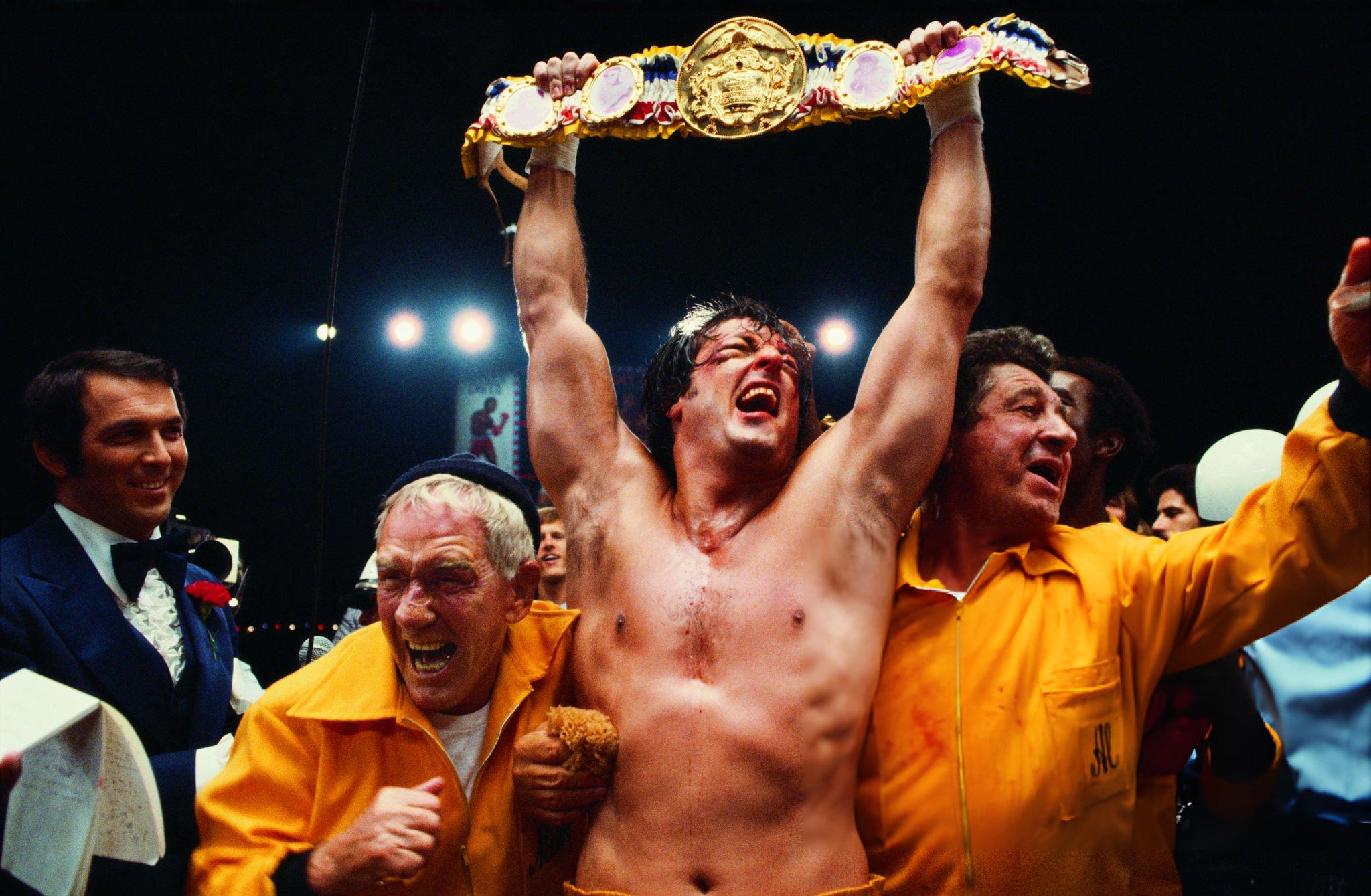
"Rocky" did for sports cinema what a title fight does for a contender's career: it elevated the genre to a bigger conversation about the person. The 1976 film is less about knockouts than it is about endurance, discipline, the "dirty" work in the gym, and the quiet wins off camera. A biopic about how this story was born can remind us that any striking uppercut on screen is the result of thousands of unseen jabs in preparation. For younger viewers, it's a chance to see how the "cinematic ring" is built, and for boxing fans — yet another proof that the sport lives not only in statistics and records, but in character.
Stallone and AI: Looking Back with the Technology of the Future
At the same time, 79-year-old Sylvester Stallone recently admitted he would like to appear in a "Rambo" prequel using AI de-aging. According to public statements, this prequel has been in production since May of this year. The contrast is intriguing: on the one hand, a meticulous reconstruction of "Rocky's" analog era; on the other, a digital leap that lets you rewrite age on screen. Both lines converge on the same point — the search for the form that most precisely conveys the hero's spirit.
What Viewers Should Expect: A Win on Points, Not a Single "Lucky Punch"
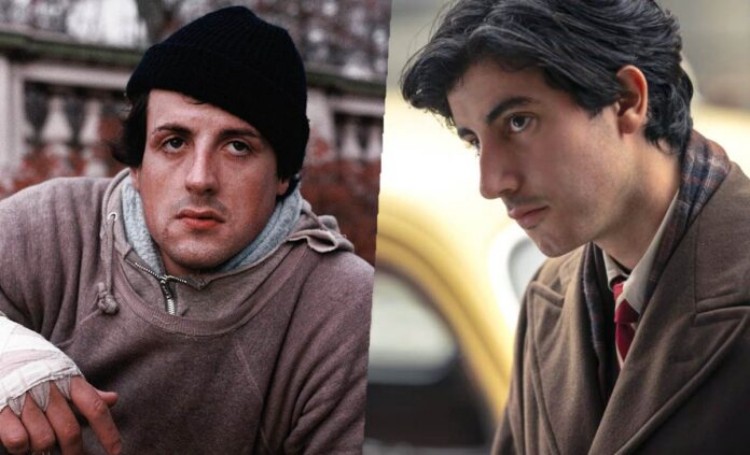
It's reasonable to expect from "I Play Rocky" not only archival accuracy but also an emotional arc: the author's path to his own voice, the tug-of-war with time and circumstance, training as ritual, and, day after day, answering the bell to step back into the ring. If the creators keep the balance between sport and drama and show how the cinema ring and the boxing ring rhyme with each other, we may get a film that succeeds not with a single lucky punch, but with a confident points decision — thanks to tempo, discipline, and respect for the material.

